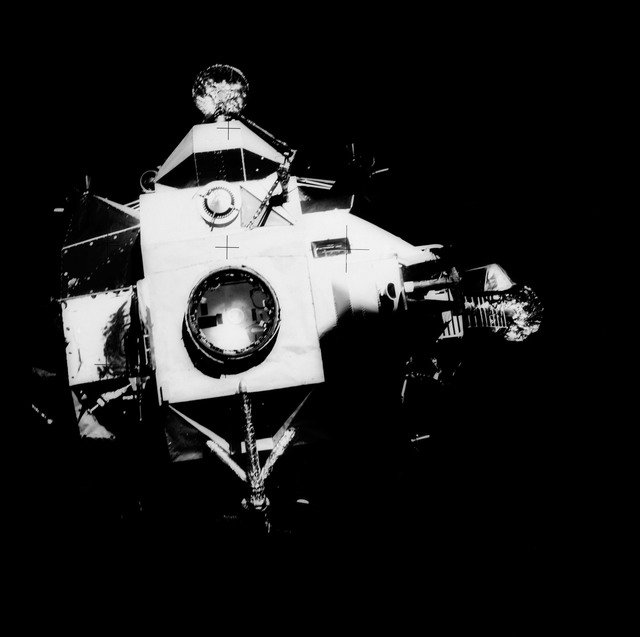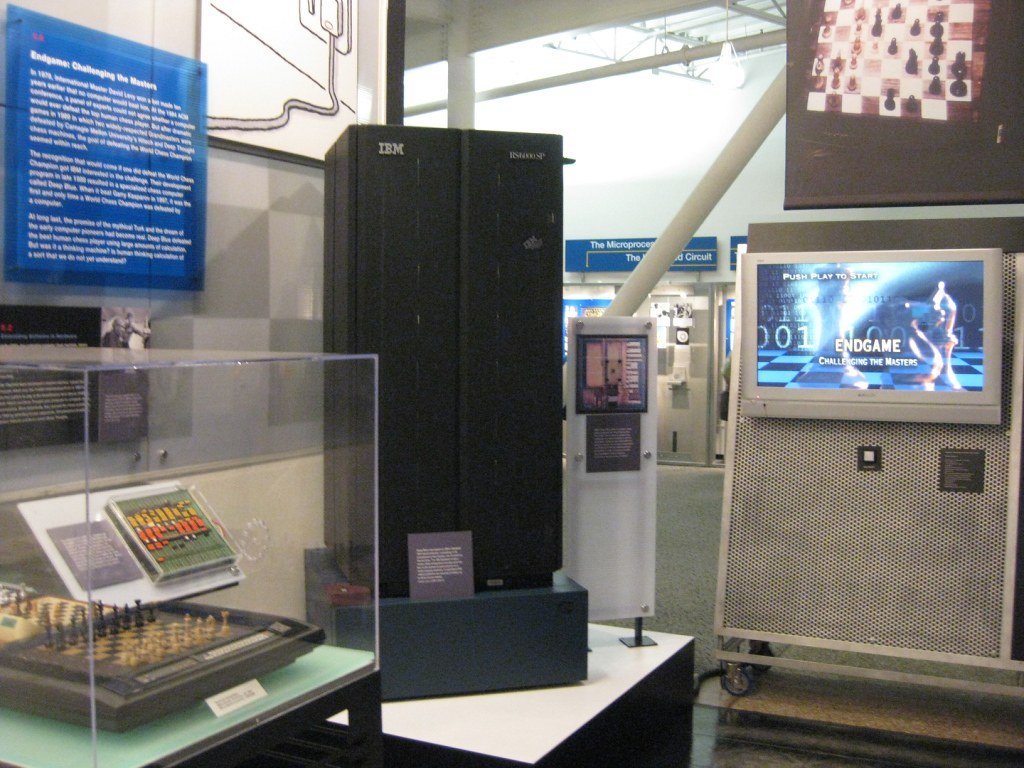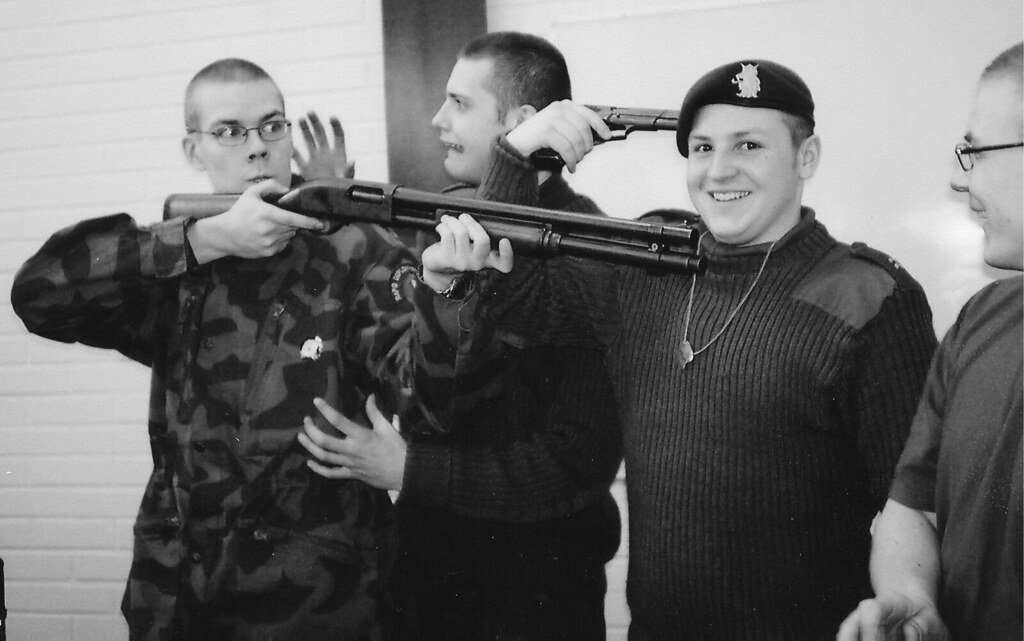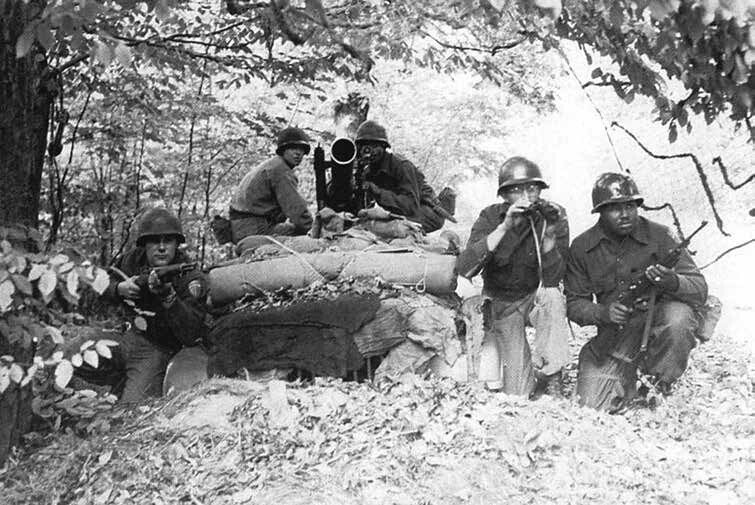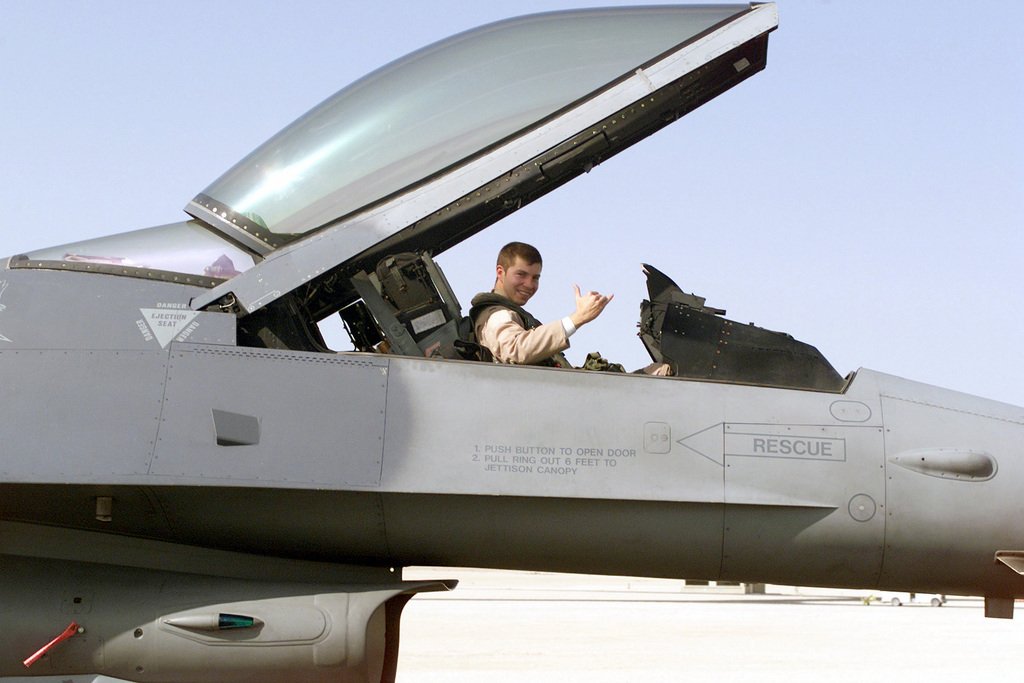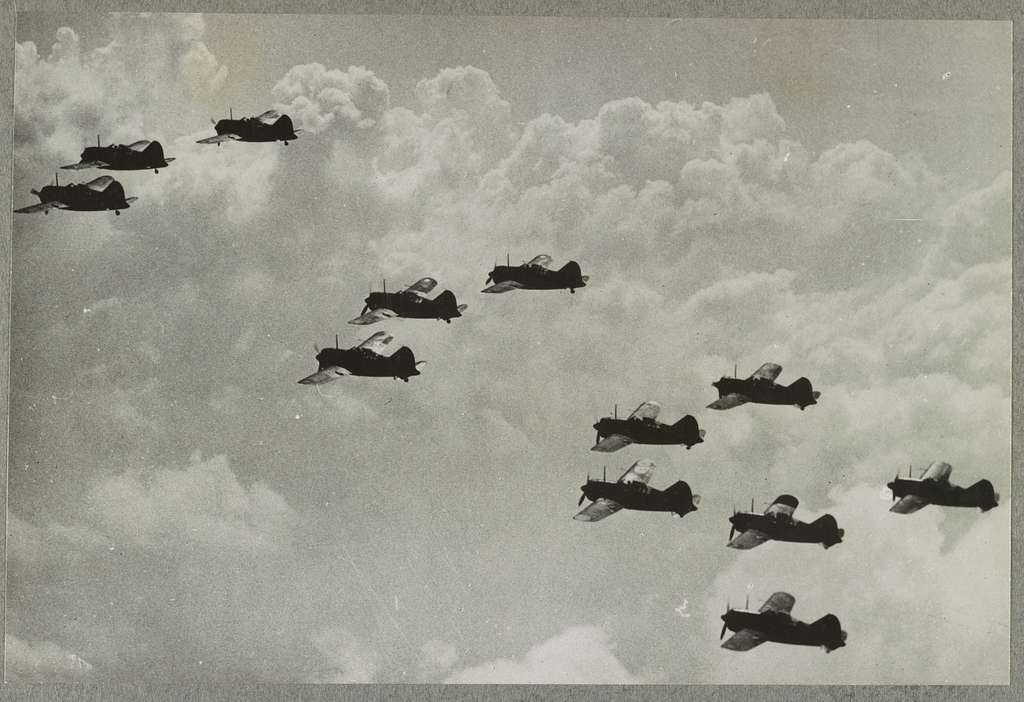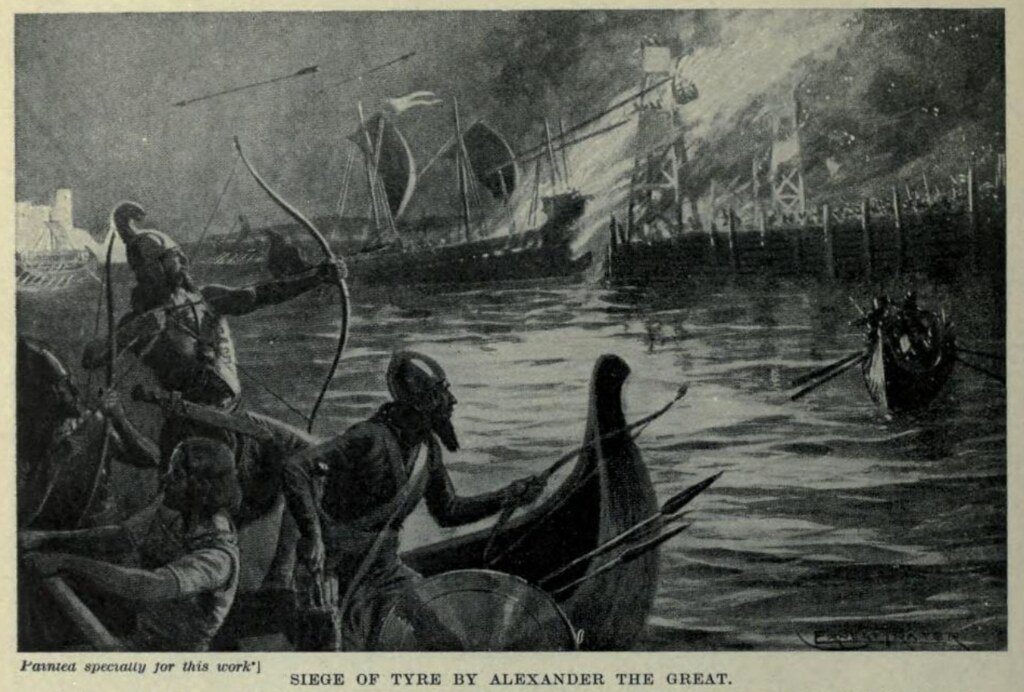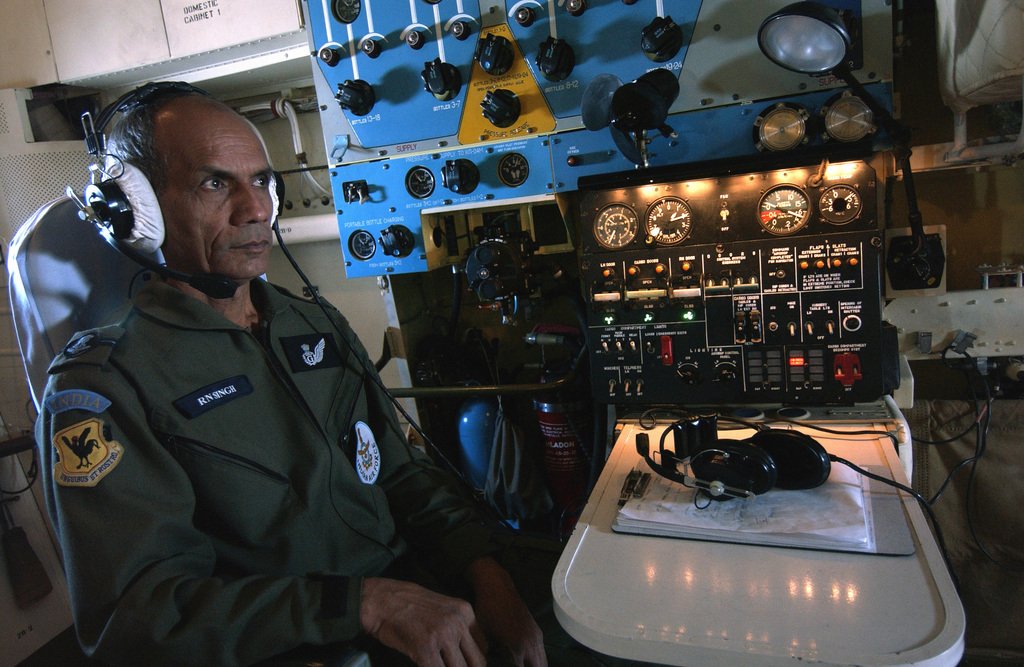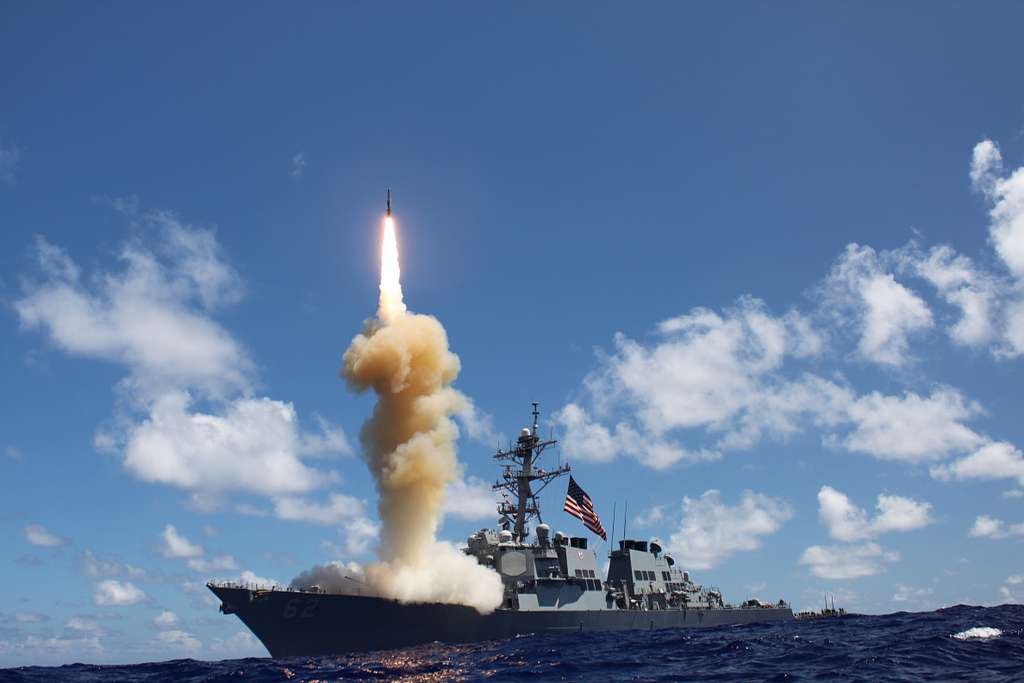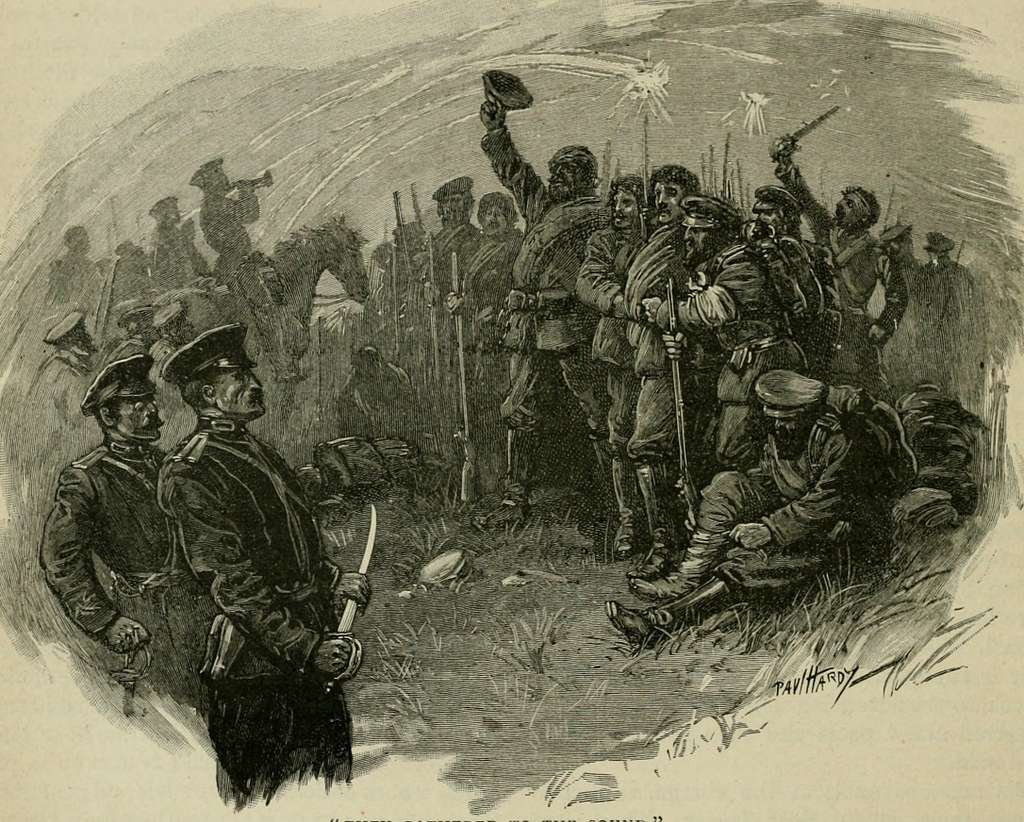In the wake of the Cold War’s conclusion, the global landscape underwent a transformative shift, resonating profoundly in the realm of military technology and warfare strategies. One of the most notable areas of advancement emerged in the evolution of tanks, where innovation and modernization became imperative. The era following the Cold War bore witness to a remarkable progression in tank design, epitomized by iconic vehicles like the M1 Abrams and the Leopard 2.
At the close of the Cold War, the geopolitical climate evolved, leading to a reevaluation of military capabilities and the need for adaptable, technologically sophisticated armored vehicles. The M1 Abrams, a stalwart of American armored forces, emerged as a pinnacle of this transformation. Known for its robustness and advanced technological features, the Abrams became a symbol of U.S. military prowess, boasting exceptional firepower, superior mobility, and unmatched defensive capabilities. Its inception marked a paradigm shift in tank engineering, setting a benchmark for armored warfare capabilities in the post-Cold War era.
Simultaneously, the Leopard 2, crafted by German ingenuity, became a cornerstone in the evolution of modern tanks. Renowned for its exceptional blend of firepower, protection, and mobility, the Leopard 2 solidified its place as one of the most formidable armored vehicles globally. With constant upgrades and iterations, it not only maintained its relevance but also set new standards for maneuverability and defensive systems.
The post-Cold War era became a canvas for innovation in tank technology, epitomized by these iconic machines. The ceaseless drive for advancement and adaptation to changing battlefield dynamics propelled the M1 Abrams and Leopard 2 to the forefront, symbolizing the pinnacle of armored warfare evolution in the contemporary military landscape. As we delve deeper into the evolution of post-Cold War tanks, the transformative journey of these vehicles unveils a saga of technological brilliance and strategic adaptation in the face of evolving global conflicts.
Table of Contents
What tanks were in the Cold War?
The Cold War era, spanning roughly from the late 1940s to the early 1990s, witnessed the development and deployment of several iconic tanks by major world powers. Prominent among these were:
Soviet T-54 and T-55.
These tanks were widely used by Soviet Bloc countries and served as the backbone of Soviet armored forces. They were known for their reliability, simplicity, and numerical superiority.

American M48 Patton and M60 Patton
These tanks were part of the U.S. armored divisions during the Cold War, with the M60 being particularly prominent. They were well-armored and had powerful guns but faced challenges against more advanced Soviet tanks.
British Centurion
The Centurion was one of the primary British tanks during the Cold War, known for its durability and adaptability. It underwent various upgrades and was used by several countries.
West German Leopard 1
Introduced in the 1960s, the Leopard 1 was a highly mobile and reliable tank, forming the backbone of West Germany’s armored forces and also serving in numerous other nations’ militaries.
French AMX-30
The AMX-30 was a French main battle tank employed by several countries and known for its mobility and versatility.
These tanks represented the significant powers’ efforts to develop formidable armored vehicles during the Cold War. They were continuously upgraded and evolved to adapt to changing military doctrines and technological advancements, contributing significantly to the period’s arms race and global power dynamics.
Who had the best tanks in the Cold War?
Determining the “best” tanks of the Cold War era involves considering various factors like technological advancements, operational effectiveness, and strategic impact. Both NATO and the Warsaw Pact nations developed formidable tanks, making it challenging to declare a clear winner in terms of superiority.
The United States and the Soviet Union were at the forefront of tank development during the Cold War. The U.S. deployed the M60 Patton and later the M1 Abrams, which were known for their technological sophistication, firepower, and armor. The Abrams, in particular, showcased remarkable advancements in composite armor, advanced targeting systems, and mobility, solidifying its place as a top-tier tank.
On the other side, the Soviet Union’s tanks, like the T-54, T-55, and the later T-72, were prolific and numerically superior. The T-72, in particular, became widely exported and was a staple in Warsaw Pact nations. It offered a balance of firepower mobility and relative affordability, albeit with certain design limitations.
Assessing the “best” tanks of the Cold War is subjective, as each nation prioritized different aspects of tank development. The Abrams excelled in technological innovation and defensive capabilities, while Soviet tanks were notable for their numerical strength and simplicity in manufacturing and deployment. Hence, the determination of superiority largely depends on the context of use, specific operational requirements, and strategic objectives rather than a single definitive measure.
Tanks of the post–Cold War era
The post-Cold War era saw significant advancements and changes in tank technology, design, and deployment strategies. Some notable tanks of this era include:

M1 Abrams (United States)
The M1 Abrams, an iconic main battle tank developed in the late stages of the Cold War, continues to stand as a testament to American engineering prowess and military innovation. Initially entering service in the early 1980s, the Abrams represented a paradigm shift in armored warfare, boasting a combination of firepower, survivability, and mobility previously unseen in U.S. tanks.
Over the years, the Abrams has undergone several upgrades and modernization programs to enhance its combat capabilities and adapt to evolving threats on the battlefield. These advancements encompassed improvements in firepower, armor protection, and onboard systems, ensuring the tank’s relevance in modern warfare scenarios.
The tank’s impressive features include its powerful 120mm smoothbore gun, advanced fire control systems, composite armor, and a gas turbine engine, granting it exceptional speed and agility for a vehicle of its size. Such attributes have solidified the Abrams’ position as a cornerstone of the U.S. armored forces and have led to its adoption by allied nations due to its reputation for reliability and combat effectiveness.
As conflicts and military requirements continue to evolve, the M1 Abrams remains a formidable force on the battlefield. Its continuous technological upgrades enable it to maintain its status as one of the world’s premier main battle tanks.
Leopard 2 (Germany)
The Leopard 2, a product of German engineering excellence, stands as a testament to the pinnacle of armored warfare technology. Renowned for its exceptional blend of firepower, protection, and mobility, this formidable main battle tank has earned its place as a cornerstone in the arsenals of numerous European armies.
Initially introduced in the late 1970s, the Leopard 2 has undergone several iterations, constantly evolving to meet the ever-changing demands of modern warfare. Its firepower is a standout feature, boasting a powerful 120mm smoothbore gun, exceptional accuracy, and versatility in ammunition types, ensuring superiority in engagements against various targets.

Moreover, the Leopard 2’s robust armor and defensive systems provide unparalleled protection, emphasizing crew safety and survivability on the battlefield. Its modular design allows for the integration of advanced composite materials, reactive armor, and active protection systems, enhancing resilience against evolving threats.
In terms of mobility, the Leopard 2’s superb engine performance and advanced suspension systems enable rapid maneuverability across diverse terrains, offering agility and responsiveness crucial in dynamic combat scenarios.
Continuing to adapt to contemporary military needs through technological upgrades and enhancements, the Leopard 2 remains a stalwart presence. It exemplifies German engineering prowess and serves as a cornerstone in the defense strategies of multiple European nations. Its enduring legacy underscores its significance as a formidable force in modern armored warfare.
Challenger 2 (United Kingdom)
The Challenger 2, a cornerstone of the British Army’s armored fleet, gained a reputation for its exceptional armor and steadfast reliability during its years of service. Renowned for its robustness and defensive capabilities, this main battle tank was a symbol of British engineering prowess and military ingenuity.

However, despite its commendable performance, the Challenger 2 faced the inevitability of obsolescence in the ever-evolving landscape of modern warfare. As military doctrines shifted and technological advancements surged forward, the need for an upgraded or replaced platform became apparent. Recognizing the imperative to maintain combat superiority, the UK government and defense authorities deliberated extensively on the future of their armored forces.
Several considerations for replacement or substantial upgrades were explored, seeking to address emerging threats and leverage contemporary technologies. The aim was to preserve the strengths of the Challenger 2 while enhancing its capabilities to meet the demands of twenty-first-century warfare.
The discussions revolved around optimizing firepower mobility and incorporating cutting-edge defensive systems to ensure that any successor or upgraded iteration would remain at the forefront of armored warfare. These deliberations represented the commitment of the UK to adapt and modernize its armored capabilities, paving the way for a successor or an extensively improved Challenger 2 to continue the legacy of British armored excellence into the future battlefield landscape.
T-90 (Russia)
The T-90, stemming from the lineage of the T-72 and T-80 tanks from the Cold War era, represents a significant evolution in Russian armored warfare technology. Introduced in the 1990s, this modern main battle tank combines the strengths of its predecessors while integrating advanced features to enhance its combat capabilities.
Drawing from the robust design of the T-72 and incorporating elements of the more advanced T-80, the T-90 incorporates improved armor protection, enhanced mobility and firepower. Its composite armor, reactive armor tiles, and advanced defensive systems provide increased protection against various threats, including anti-tank-guided missiles and kinetic projectiles.
Equipped with a powerful 125mm smoothbore gun, the T-90 boasts impressive firepower, capable of engaging a wide range of targets effectively. Moreover, it integrates advanced fire control systems, allowing for enhanced accuracy and target acquisition even while on the move.
The T-90’s propulsion system, a gas turbine engine, enhances its agility and maneuverability, offering improved performance across diverse terrains. Furthermore, modernization efforts have continually upgraded the T-90, introducing technological advancements in communication systems, navigation, and overall combat effectiveness.
As a result, the T-90 stands as a testament to Russia’s commitment to evolving its armored warfare capabilities, offering a formidable and versatile platform that continues to serve as a vital component of its armored forces while also being sought after by various international buyers for its combat prowess and reliability.
Type 99 (China)
The Type 99 tank stands as a testament to China’s significant strides in armored warfare technology and design. Developed as a modernized iteration, it represents a quantum leap from its predecessors, integrating cutting-edge advancements and capabilities that elevate its standing on the global battlefield.

This formidable machine showcases China’s commitment to innovation, combining a range of advanced technologies to enhance its combat effectiveness. Its design incorporates composite armor, providing superior protection against various threats while ensuring increased survivability. The Type 99 boasts a powerful 125mm smoothbore gun, offering exceptional firepower and accuracy, capable of engaging both armored vehicles and fortified positions with precision.
Moreover, the tank incorporates sophisticated fire control systems and advanced sensors, enabling precise targeting and improved battlefield awareness. Its robust engine and enhanced mobility grant it agility and maneuverability, vital for modern warfare scenarios.
Beyond its technical specifications, the Type 99 symbolizes China’s ambition to assert its prowess in the realm of armored warfare, showcasing the nation’s determination to develop indigenous military technologies. Its deployment underscores China’s evolving military doctrine, emphasizing a potent blend of innovation, capability enhancement, and the quest for self-reliance in defense technologies. It marks a significant chapter in the narrative of China’s military modernization.
K2 Black Panther (South Korea)
The K2 Black Panther stands as a testament to South Korea’s prowess in tank development, representing a paradigm shift in modern armored warfare. Introduced as a newer addition to the global tank arena, this main battle tank embodies a fusion of cutting-edge technology and formidable firepower, setting new benchmarks in the realm of armored vehicles.
Designed and manufactured by Hyundai Rotem, the K2 Black Panther boasts an array of advanced features that elevate its status among contemporary tanks. Its primary focus revolves around enhancing crew survivability, mobility, and combat effectiveness. The tank’s innovative features include an unmanned turret, enabling reduced crew vulnerability and optimal space utilization within the tank’s confines. Furthermore, it incorporates advanced composite armor and reactive armor systems, providing enhanced protection against various threats on the battlefield.

The K2 Black Panther’s firepower is equally impressive. It is equipped with a high-velocity 120mm smoothbore gun capable of firing a range of ammunition types, including kinetic energy penetrators and high-explosive rounds. Its fire control systems and advanced targeting capabilities ensure exceptional accuracy even while on the move, augmenting its combat effectiveness in diverse operational scenarios.
With its cutting-edge technological suite and firepower, the K2 Black Panther has positioned itself as a formidable asset in South Korea’s military arsenal and has garnered international attention as a symbol of innovation and excellence in the field of armored warfare.
AMX-56 Leclerc (France)
Introduced in the 1990s, the Leclerc stands as the pinnacle of French armored warfare, embodying a fusion of cutting-edge technology and combat effectiveness. Crafted to cater to the evolving battlefield landscape, this main battle tank represents a paradigm shift in armored vehicle design within the French Army.
What sets the Leclerc apart is its emphasis on automation and technological sophistication. The tank integrates advanced systems that reduce crew workload while enhancing operational efficiency. Its autoloading system streamlines the firing process, ensuring rapid engagement capabilities. Furthermore, the incorporation of a high-performance fire control system, coupled with advanced sensors and targeting systems, elevates its precision and lethality on the battlefield.
Notably, the Leclerc boasts exceptional mobility, blending speed, and agility, a crucial feature in modern warfare scenarios. Its power-to-weight ratio and maneuverability enable swift repositioning and effective tactical responses.
The emphasis on crew survivability and protection is evident in its composite armor design, offering enhanced defensive capabilities against various threats. Moreover, the Leclerc’s adaptability allows for seamless integration of upgrades and advancements, ensuring its relevance and combat readiness for years to come.
In essence, the Leclerc symbolizes France’s commitment to technological innovation and operational excellence in armored warfare, standing as a testament to the nation’s prowess in engineering and military capabilities.
The tanks developed in the post-Cold War era epitomized significant technological advancements, showcasing improved armor, enhanced firepower, and superior mobility. Nations worldwide have prioritized the modernization of existing tank fleets, emphasizing the integration of cutting-edge systems and technologies. This strategic focus aims to bolster their capabilities on the modern battlefield, adapting to evolving threats and operational requirements. Upgrades across these armored vehicles signify a commitment to staying at the forefront of armored warfare, ensuring readiness and effectiveness in the face of contemporary challenges.

